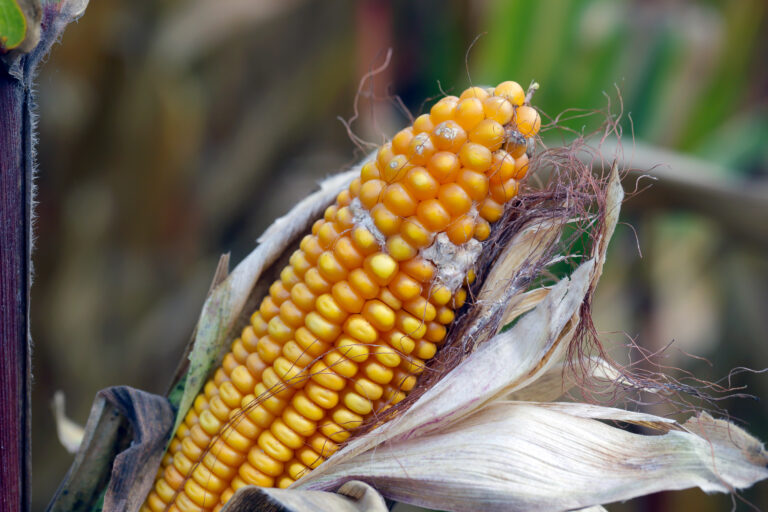If you work with ingredients that are susceptible to fungus or mold or that are derived from an animal that may have eaten such an ingredient, FDA’s updated mycotoxin compliance program and enhanced detection method likely applies to you.
A vast array of foods (such as wheat, rye, oat, barley, corn, sorghum, rice and other grains, as well as dried beans, dried fruits, and coffee) are susceptible to fungus or mold that produces mycotoxins. Not only can consumers become ill from eating a mycotoxin-contaminated food, they can be sickened by eating a food derived from an animal (e.g., milk, meat, etc.) that ate mycotoxin-contaminated feed.
Because the fungi that produce mycotoxins grow primarily during crop production and storage, FDA has long monitored these. But in late September, the agency announced that it will increase its monitoring to two additional mycotoxins, T-2/HT-2 toxins and zearalenone, and it is now using a multi-mycotoxin analysis method, enabling the detection of multiple mycotoxins from a single sample. FDA’s publication on Mycotoxins includes links to more information on action levels for the mycotoxins on which its monitoring is focused.
In the agency’s discussion of its new use of the multi-mycotoxin method, it called attention to the fact that it would use the resulting data to support enforcement actions and risk assessments. This is further emphasized by FDA’s previously published Appendix 1 Guidance which included mycotoxins as one of the nine “most relevant food-related chemical hazards” (A1.6.2.1).
This means: Mycotoxins are on FDA’s radar! In all likelihood, mycotoxins are a potential hazard in the food you produce. And FDA has enhanced its ability to detect them.
What makes this even more challenging is that climate change is increasing the potential for mycotoxin contamination, as warmer temperatures enable their migration, thus their introduction into new geographic areas and increase in current areas. Additionally, some fungal species-derived mycotoxins are expected to become more aggressive even as the host crops become more vulnerable to fungal disease outbreaks. As if that weren’t enough, mycotoxins can survive most food and feed processing steps, thus remaining viable in final products.
So, what do you need to do to keep your products off FDA’s radar? Of critical importance is that you address mycotoxins in the hazard analysis of your Preventive Controls Plan and build mitigation into your supply chain controls.
Mycotoxins can accumulate in fungi-infected crops in both the pre- and post-harvest stages and the potential for fungi-produced mycotoxin further increases if insufficient storage practices enable high temperatures and/or moisture. Insects can also cause the spread of fungi leading to mycotoxin contamination, as they damage grains in the feeding and boring or carry fungal spores from one crop or grain to another.
Thus, ensuring suppliers understand and mitigate the hazards and risks is critical. For example, suppliers should be applying good agricultural practices in their fields; properly drying grains post-harvest; and maintaining safe moisture, temperature and length of time in storage and transportation. Additionally, you and your suppliers should stay aware of current and emerging risks in their geographic areas and protect against both.
As the recent hurricanes and tornadoes in the Southeast U.S. have shown, environmental disasters are intensifying and impacting the food supply chain. Seeing, understanding, and being proactive against related emerging risks will help protect both your consumers and your brand.
All written content in TAG articles, newsletters, and webpages is developed and written by TAG experts, not AI. We focus on the realities and the science to bring you the most current, exacting information possible.





